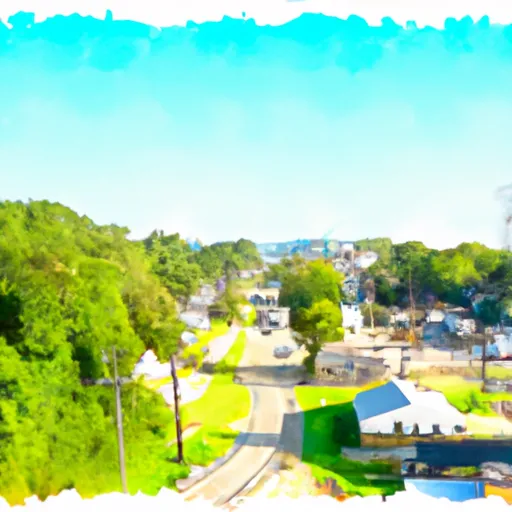°F
°F
mph
Windspeed
%
Humidity











Turkey Creek is a small town located in the central part of Louisiana. The town experiences a humid subtropical climate, characterized by hot, humid summers and mild winters. Summers are typically long and hot, with temperatures often soaring above 90°F (32°C). Winters are relatively short and mild, with temperatures rarely dropping below freezing.
Hydrology constituents in Turkey Creek are primarily influenced by its namesake, Turkey Creek. This creek is a prominent feature of the area, providing a source of water for the town and surrounding areas. It also offers recreational opportunities such as fishing and boating.
Outdoor recreation opportunities in Turkey Creek are abundant. The town is surrounded by beautiful natural landscapes, including forests, lakes, and rivers. Outdoor enthusiasts can enjoy activities like hiking, camping, and bird-watching in the nearby national parks and wildlife management areas. Turkey Creek also has several parks and sports fields, providing spaces for family picnics, sports, and community events.
In summary, Turkey Creek, Louisiana, offers a humid subtropical climate with hot summers and mild winters. Its hydrology constituents are primarily centered around Turkey Creek, providing water resources and recreational opportunities. The town's natural landscapes and parks offer various outdoor recreation activities for residents and visitors alike.
Weather Forecast
Turkey-Creek receives approximately 1563mm of rain per year, with humidity levels near 80% and air temperatures averaging around 20°C. Turkey-Creek has a plant hardyness factor of 8, meaning plants and agriculture in this region tend to thrive here all year round.
Regional Streamflow Levels
23,800
Cubic Feet Per Second
65
Cubic Feet Per Second
1,470
Cubic Feet Per Second
1,120
Cubic Feet Per Second
Nearby Camping
| Camping Area | Reservations | Toilets | Showers |
|---|---|---|---|
| Loran Site Complex | |||
| Crooked Creek Rec Area | |||
| Indian Creek Recreation Area | |||
| Evangeline Camp Complex | |||
| Bankston Camp Complex | |||
| Rayne RV Park Gossen Memorial Park |



